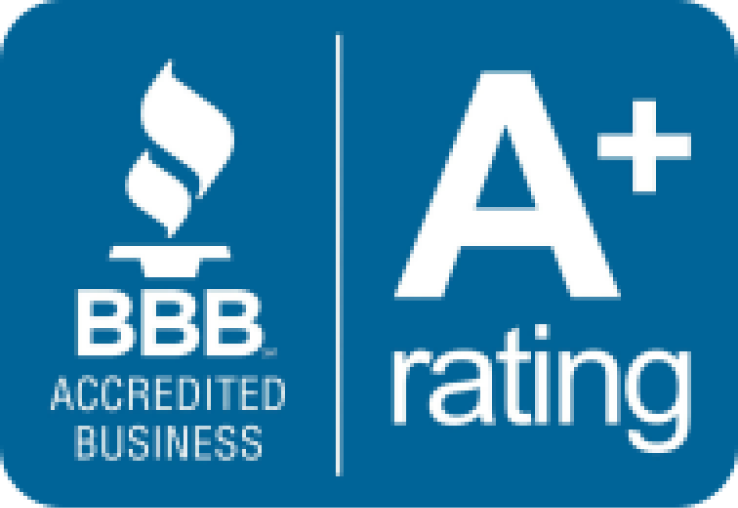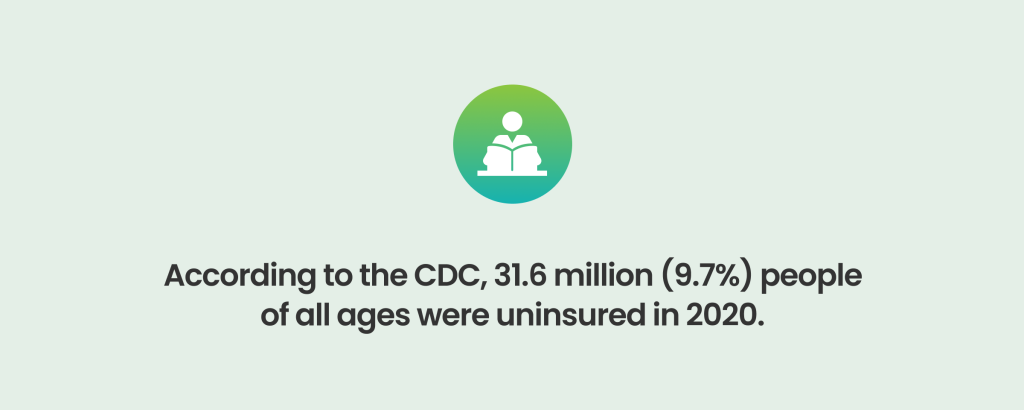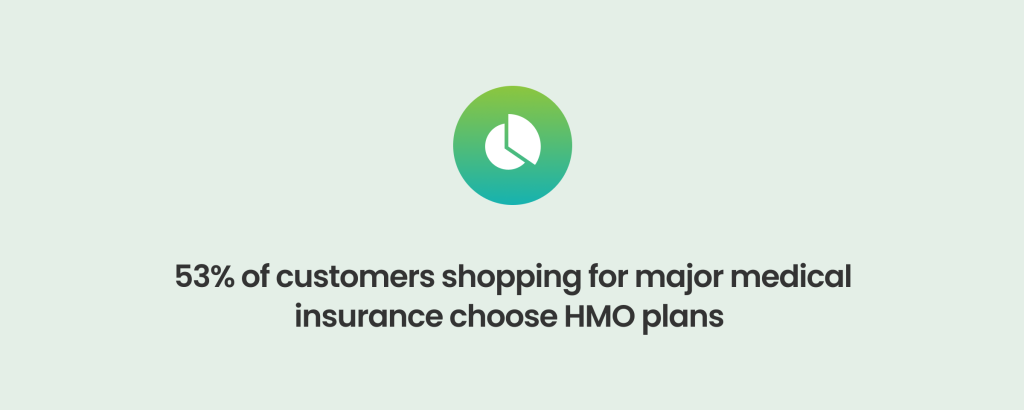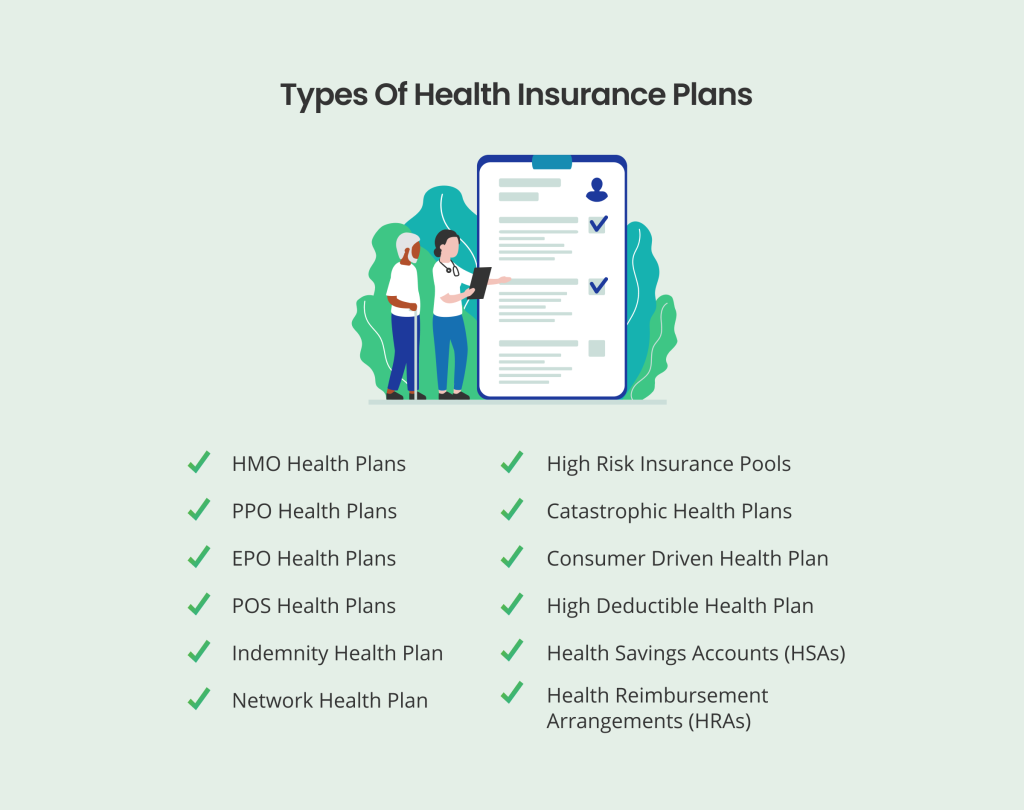
What is a Health Plan? There are different health insurance plans available, and it is important to think carefully about the different types of health insurance coverage that might be right for you. Some types of insurance plans are better for some people, and other people might prefer different types of health insurance. Learn more about the different types of health insurance plans available, and make sure you have the right protection for yourself and your family.

Types Of Health Insurance Plans
Some of the most popular types of health insurance coverage include:
HMO Health Plans
HMO means “Health Maintenance Organization”. HMO Health Plans offer a wide range of healthcare services through a network of providers who agree to supply services to members. Typically, you are required to stick to the providers who are in your network, but it does not require nearly as much paperwork when compared to other health plans. If you see a doctor who is not in your network, you will be responsible for paying the entire bill yourself. If you require emergency services outside of your network, they are required to be covered at in-network rates.
HMO plans are among the most popular insurance plan types with 53% of consumers electing HMO plans while shopping for health insurance.

PPO Health Plans
PPO plans, or “Preferred Provider Organization” plans, are another popular plan type within the Individual and Family market. With PPO Health Plans, you have slightly more freedom regarding who you see when compared to an HMO plan. You also do not necessarily have to get a referral from my primary care doctor if you would like to see a specialist. On the other hand, you do need to fill out more paperwork, and the expenses are typically higher with a PPO plan when compared to an HMO plan.
EPO Health Plans
With an Exclusive Provider Organization (EPO) plan, you can use the doctors and hospitals within your defined EPO network, but cannot go outside the network for care. You also have a fair bit of freedom regarding who you can see with EPO Health Plans. You have more freedom when compared to an HMO, and you do not have to get a referral to see a specialist. You also do not have any coverage for out-of-network providers, but if you need emergency services, they are required to be covered at the in-network rate. Typically, this plan has a lower premium when compared to a PPO plan.
POS Health Plans
Point of Service (POS) plans have similar characteristics to HMO and PPO plans. For example, benefit levels vary depending on whether you receive your care in or out of the network of providers. With POS Health Plans you have a decent amount of freedom to choose your healthcare provider, and you have some paperwork that you need to fill out. Your primary care doctor is typically responsible for coordinating your care, and will refer you to a specialist.
Indemnity Health Plan
An Indemnity Health Plan allows you to direct your own health care and visit almost any doctor or hospital you like. Indemnity plans are also known as “fee-for-service” plans.
Network Health Plan
The “Network” part of a Network Health Plan refers to the large pool of physicians, hospitals, and other health care providers that have agreed to provide care services to a health insurance plan’s members at discounted costs.
High Risk Insurance Pools
High Risk Insurance Pools are designed for high risk and high cost patients to gain care while keeping premiums affordable with state subsidized funding.

Catastrophic Health Plans
Catastrophic Health Plans are designed to provide an emergency safety net to protect you against unexpected medical costs. This is typically a plan that is provided to people under the age of 30 who are relatively healthy. It has a lower premium, and you can also save money on free preventative care.
Consumer Driven Health Plan
With a Consumer Driven Health Plan, you will set aside money every month to help cover the cost of your healthcare. You can set aside money every month through your employer, your employer may contribute to it, and both of you will eventually build up money that helps you cover the cost of healthcare. Furthermore, this money is typically pre-tax, which means you can save money on your taxes by saving money for your healthcare. This is something that you should discuss with an accountant.
High Deductible Health Plan
A High-Deductible Health Plan is similar to a catastrophic plan in that it enables you to pay less for your health insurance. You have higher out-of-pocket costs when compared to other plans, but it can fall under the category of an HMO, PPO, EPO, or POS plan. You may want to use a health savings account to help cover the cost of your health insurance.
Health Savings Accounts (HSAs)
A Health Savings Account is a type of savings account that allows you to reserve pre-tax money to pay for eligible medical expenses. Health savings accounts (HSAs) can be a great way for you to save money on your healthcare and your taxes.
Health Reimbursement Arrangements (HRAs)
Health Reimbursement Arrangements (HRAs) are arrangements that are set up between employees and employers. This is typically an employer-funded health plan, and employees are reimbursed out of this plan, tax-free, for certain medical expenses up to a certain limit every year. This could be a way for an employer to help you save money on your healthcare.
Final Notes
There are several health insurance plan types available, and it is important for you to think about what types of health insurance might work best for your needs. If you would like to learn more about the different insurance options available, contact us today to speak to a member of our team.

